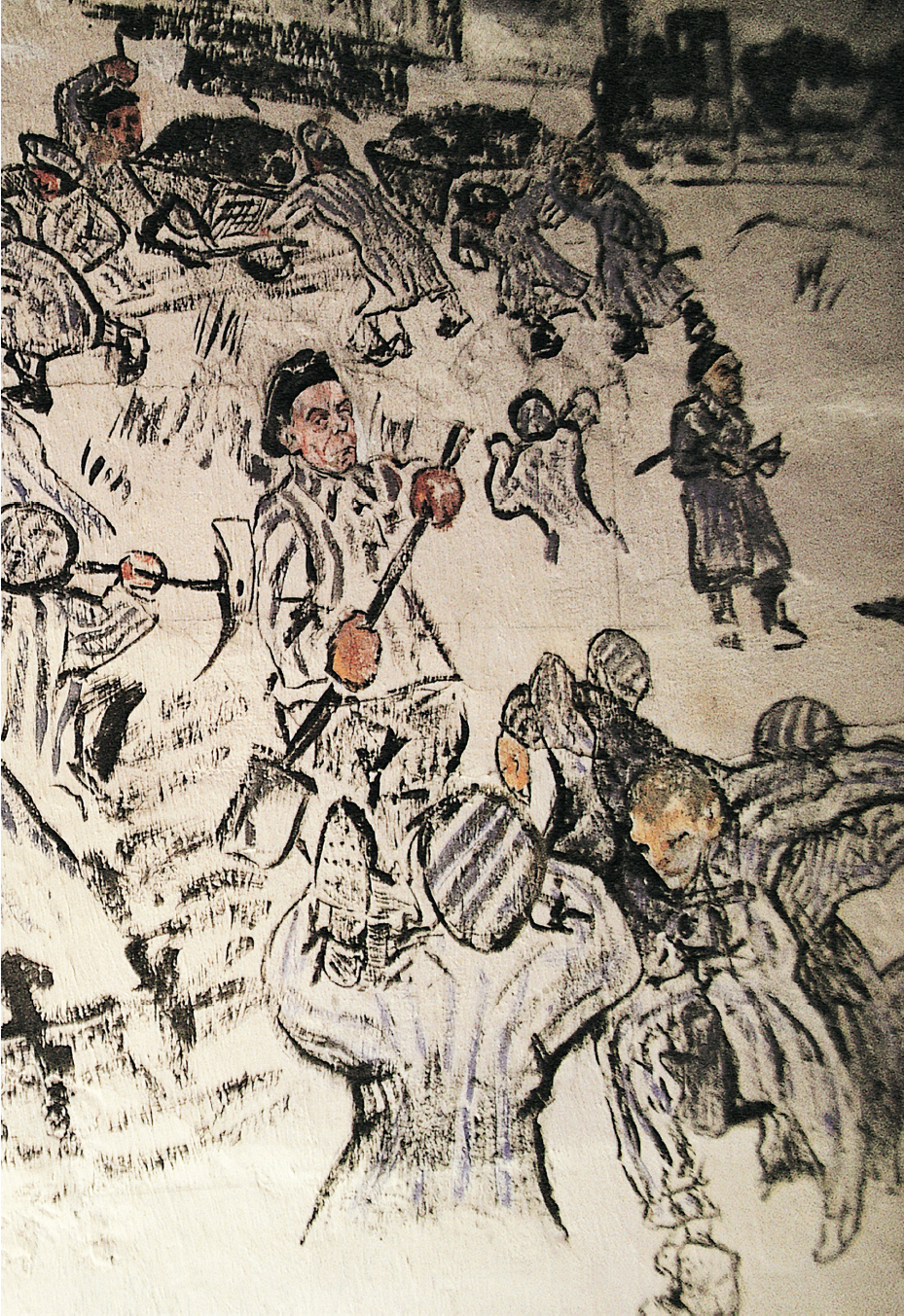Introduction for Chapter 27
27. Dictatorships and the Second World War, 1919–1945
>How did totalitarian regimes attempt to remake European politics, culture, and society, and what impact did they have on World War II? Chapter 27 examines totalitarianism and World War II. In the age of anxiety, Communist and Fascist states undertook determined assaults on democratic government and individual rights across Europe. On the eve of the Second World War, popularly elected governments survived only in Great Britain, France, Czechoslovakia, the Low Countries, Scandinavia, and Switzerland. The human costs of totalitarianism were appalling. Millions died as Stalin forced communism on the Soviet Union in the 1930s. Attempts to build a “racially pure” New Order in Europe by Hitler’s Nazi Germany led to the deaths of tens of millions more in World War II and the Holocaust, a scale of destruction far beyond that of World War I.
LearningCurve
After reading the chapter, use LearningCurve to retain what you’ve read.

>How were Fascist and Communist totalitarian dictatorships similar and different?
>How did Stalin and the Communist Party build a totalitarian state in the Soviet Union?
>What kind of government did Mussolini establish in Italy?
>What policies did Nazi Germany pursue, and how did they lead to World War II?
>What explains the Allied victory in World War II?
| 1921 | 1936 |
| – New Economic Policy (NEP) in U.S.S.R. | – Start of great purges under Stalin; Spanish Civil War begins |
| 1922 | 1937 |
| – Mussolini gains power in Italy | – Japanese army invades China |
| 1924 | 1938 |
| – Mussolini seizes dictatorial powers | – Kristallnacht marks beginning of more aggressive anti- |
| 1924– |
1939 |
| – Buildup of Nazi Party in Germany | – Germany occupies Czech lands and invades western Poland; Britain and France declare war on Germany, starting World War II; Soviet Union occupies eastern Poland |
| 1927 | 1940 |
| – Stalin comes to power in U.S.S.R. | – Germany defeats and occupies France; Battle of Britain begins |
| 1928 | 1941 |
| – Stalin’s first five- |
– Germany invades U.S.S.R.; Japan attacks Pearl Harbor; United States enters war |
| 1929 | 1941– |
| – Lateran Agreement; start of collectivization in Soviet Union | – The Holocaust |
| 1929– |
1942– |
| – Great Depression | – Battle of Stalingrad |
| 1931 | 1944 |
| – Japan invades Manchuria | – Allied invasion at Normandy |
| 1932– |
1945 |
| – Famine in Ukraine | – Soviet and U.S. forces enter Germany; United States drops atomic bombs on Japan; World War II ends |
| 1933 | 1935 |
| – Hitler appointed chancellor in Germany; Reichstag passes the Enabling Act, granting Hitler absolute dictatorial power | – Nuremberg Laws deprive Jews of all rights of citizenship |